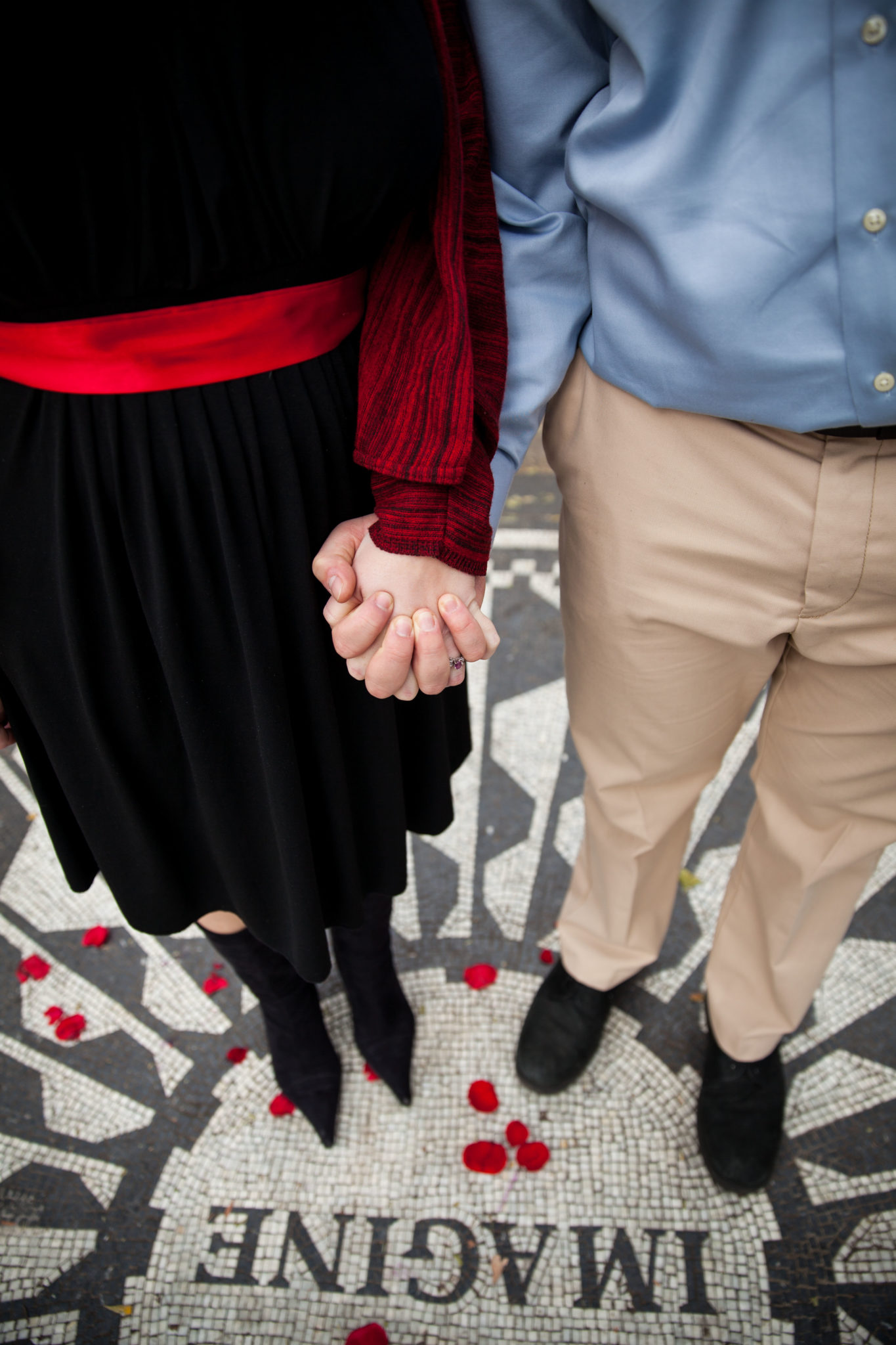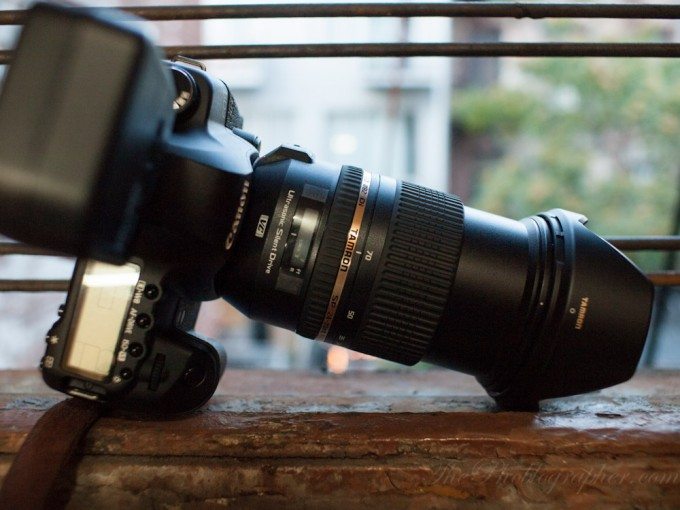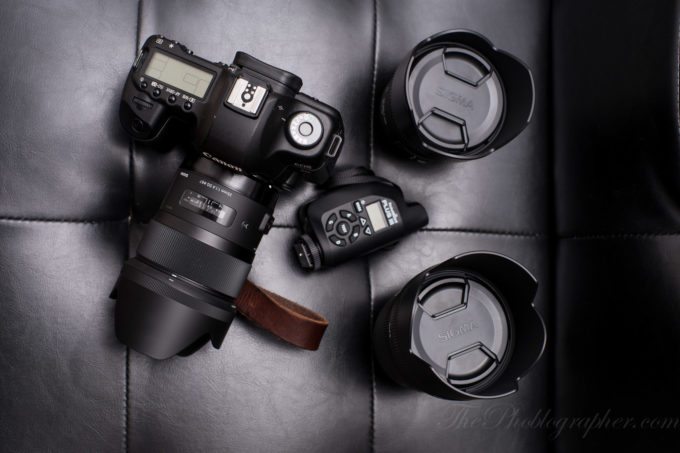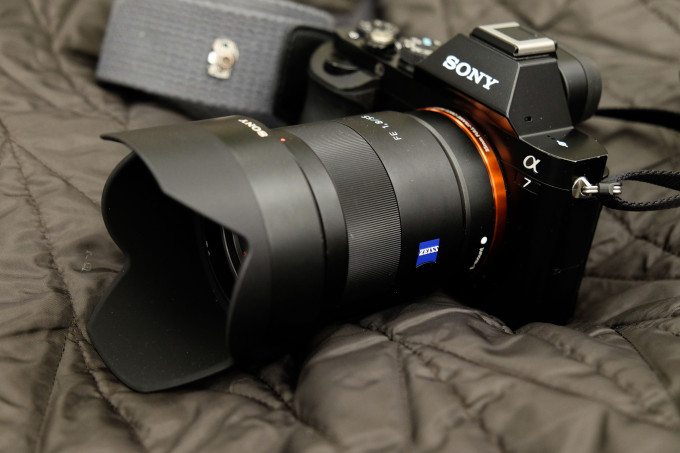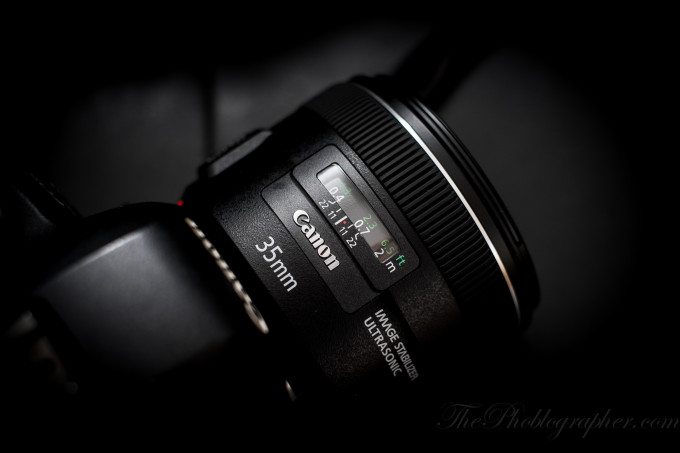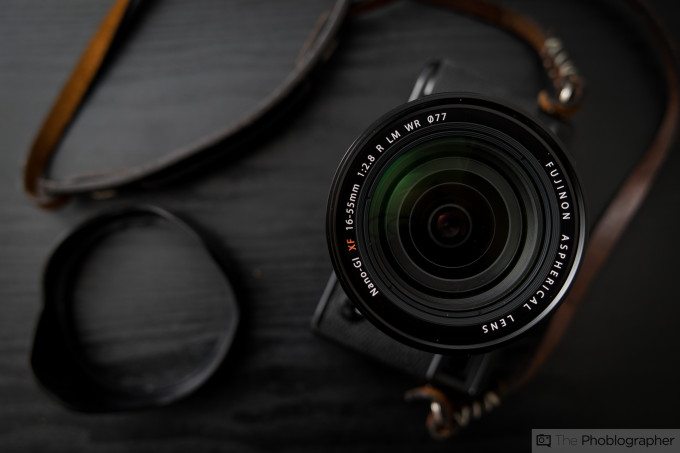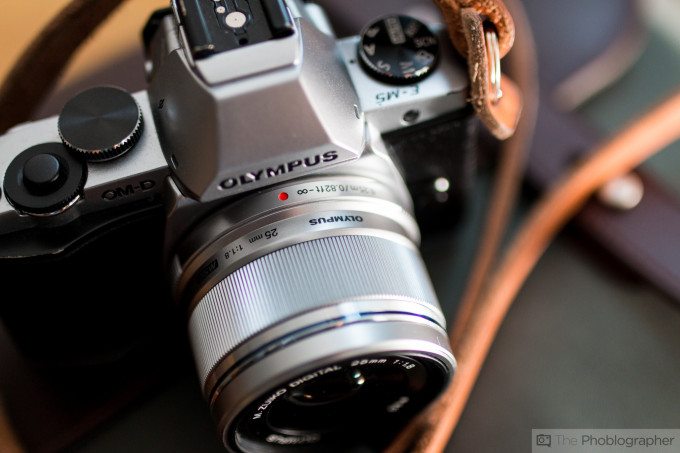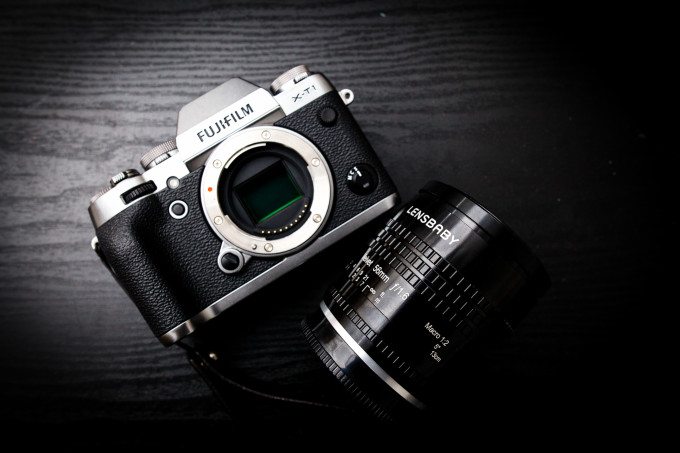Shooting engagement sessions is one way to start to dip your toe into eventually photographing weddings. The session typically tells some sort of story in a way that combines aspects of photojournalism and portraiture, and it’s designed to make the happy couple not only become more excited about marriage but also to be put on the wedding invitations. After you’ve spoken with and planned the session with your couple, you’ll need to get the right gear.
Here are a couple of lenses that we recommend from our reviews index.
Tamron 24-70mm f2.8 SP VC
Great for: General purpose photos at a fairly close and intimate story-telling range from the couple. If they’re at dinner, the 24mm field of view on a full frame camera can get both of them in the shot with no problems while the longer end can give you slightly wider portraits.
In our review, we state:
“The Tamron 24-70mm f2.8 VC SP USD wins nothing less than my highest recommendations. Sure, it is expensive, but when you really weigh what you’re getting, it is quite worth its weight in gold. You’re getting excellent image stabilization, great build quality (but the lens hood did have its finish rubbed off a bit before the end of the review due to being tossed around in my camera bag) excellent sharpness, accurate focusing that doesn’t need microadjusting, and versatile color rendition.”
Sigma 35mm f1.4 DG
Great for: Storytelling from a natural human perspective in pretty much any situation. With very little distortion, it is also great for upper half portraits.
In our review, we state:
“Wedding photographers, photojournalists, and event photographers are the ones that would do best with this lens besides the obvious street photographer legion out there. 35mm is such a classic focal length and I personally believe it to mimic my field of view much more than 50mm.
If you’re going to purchase this lens, we recommend micro adjusting/AF-Fine tuning it just in case. Though Sigma’s quality control has improved drastically, it can’t hurt to do this with any lens. That way, you can see just how much sharper your lens can be in real life use.”
Sony 55mm f1.8
Great for: With a little bit more reach than the typical 50mm lens, this offering is great for portraits that aren’t so tight. If you give your couple a little bit of distance while they’re occupied doing something, you can also create candid images with a very subject in focus due to being slightly longer.
In our review, we state:
“In a word, the bokeh is velvety. Wide open, this lens will give you desirable results, and that only gets better as you stop down. For the bokeh connoisseurs out there, this is the lens to get. The 35mm f2.8 will give you nice results, too, but that lens doesn’t have the benefit of the 55’s attributes, namely: focal length and aperture. Your subject will be in focus, and will be framed by seamless bokeh.”
Canon 35mm f2 IS
Great for: Candid photos in very low lit situations due to the image stabilization are where this lens shines. We still recommend using a flash at times, but for the moments where a flash will ruin the moment, reach for this lens.
In our review, we state:
“So what is the image quality like with the 35mm f2 IS? Let’s equate this to walking into a bar and trying to figure out what drink you want. We’ll choose beer (but I’m a whiskey kind of chap). There is your old favorite ale (Canon 35mm f1.4 L) that was always your mainstay until you started to change your tastes a bit more for something more refreshing. And so you went for a brand new and much more hoppy flavored beer (Sigma 35mm f1.4 DG), but you love that one so much that you always end up with a major hangover the next morning–and you need to go to work tomorrow. Then the bartender lets you know about this other drink that you haven’t tried: it’s more like a wonderful and lighter stout. It fills you up to the point where you know instinctively that you shouldn’t have anymore, but you don’t get that terrible hangover.
That happy medium brew is the 35mm f2 IS.”
Fujifilm 16-55mm f2.8 WR
Great for: Fujifilm’s main photojournalism zoom lens not only has great image quality, but also weather resistance in case the elements try to get the best of your gear or some other random situation happens. It’s incredibly versatile and can even serve to do ring shots with its close focusing abilities.
In our review, we state:
“The Fujifilm 16-55mm f2.8 LM WR is an exceptional lens in pretty much every way when it comes to the image quality. The lens is sharp–sharper than most of the company’s primes in fact. It also gives us great bokeh, excellent colors and everything that a photographer could ask for including weather sealing. But where we felt that it was a bit too much has to do with the ergonomics. A good lens for a mirrorless camera system will be light, small and something that you want to tote around with you everywhere. As it stands, With both the X-Pro1 and the X-T1, all we want to do is bring small primes. They’re smaller, have a wider aperture, and give really amazing image quality.”
Olympus 25mm f1.8
Great for: With an affordable price, small size and sharp performance this lens may stay glued to your camera. You’ll almost never have a reason to stop it down due to the Four Thirds sensor behind it and you’ll also be able to capture candids without getting too close and possibly interrupting a moment.
In our review, we state:
“So what do we have to say to the overall image quality from the Olympus 25mm f1.8?
It’s pretty damned amazing. Olympus said to us that they basically took the same formula for the 45mm f1.8 and modified it to work with the 25mm focal length. And it seemed to have worked. The 45mm f1.8 is one of the sharpest and most affordable Micro Four Thirds lenses that we’ve tested, so it’s only natural then that the 25mm f1.8 is right up there.”
Nikon 85mm f1.8 G

Great for: Nikon’s more affordable portrait lens offering is no slouch and offers great color, good sharpness and works well with skin tones. Until you can save up for the f1.4, go with this one.
In our review, we state:
“The Nikon 85mm f1.8 G is a modern update to an old lens, and Nikon indeed did a fantastic job with it. For the price, it is very sharp, fast focusing in most situations, silent, and built extremely well. As a budget level lens, it is really hard to beat except by perhaps Rokinon’s 85mm f1.4; but that doesn’t have autofocus at all.”
Lensbaby 56mm f1.6
Great for: As the most experimental offering on this list, we’re choosing the Lensbaby because of its ability to offer two very different looks. Beyond f4, it’s sharp as a tack. But if you’re wide open or even a bit stopped down, you’ll have a very dreamy look to the scene that when coupled with VSCO’s presets will be the love of the happy couple.
In our review, we state:
“The Lensbaby Velvet 56mm f1.6 lens can be said to have its quirks if you look at it from a very traditional point of view, but otherwise you’ll be happy to embrace what it can do. So who would make the best use of this lens? We personally think that lifestyle photographers, wedding photographers and portrait shooters will really fancy this lens. Landscape shooters will want to go for something sharper and street photographers will want something wider and with an actual depth of field scale built in. But for the newer types of photographers that have been popping up in recent years that fully embrace this latest iteration of the digital age, you’ll want to be all over this.”


